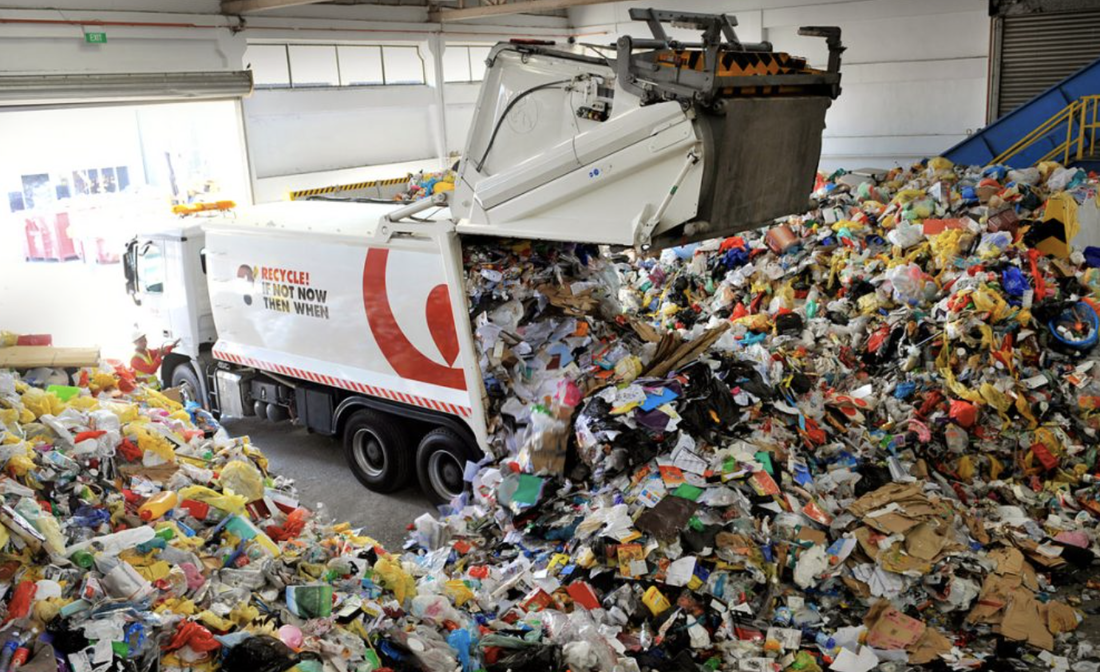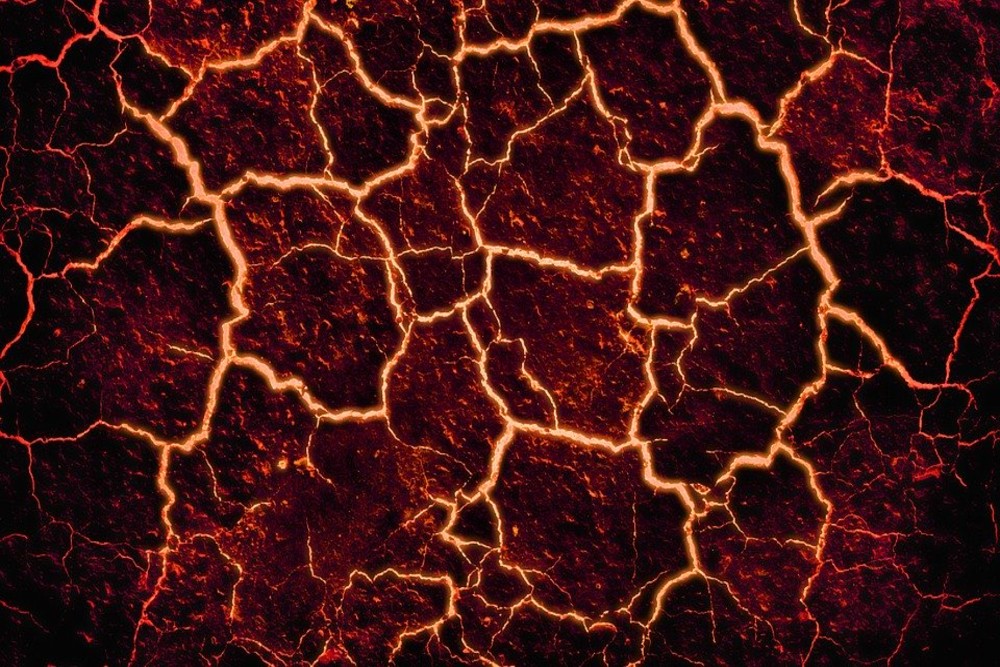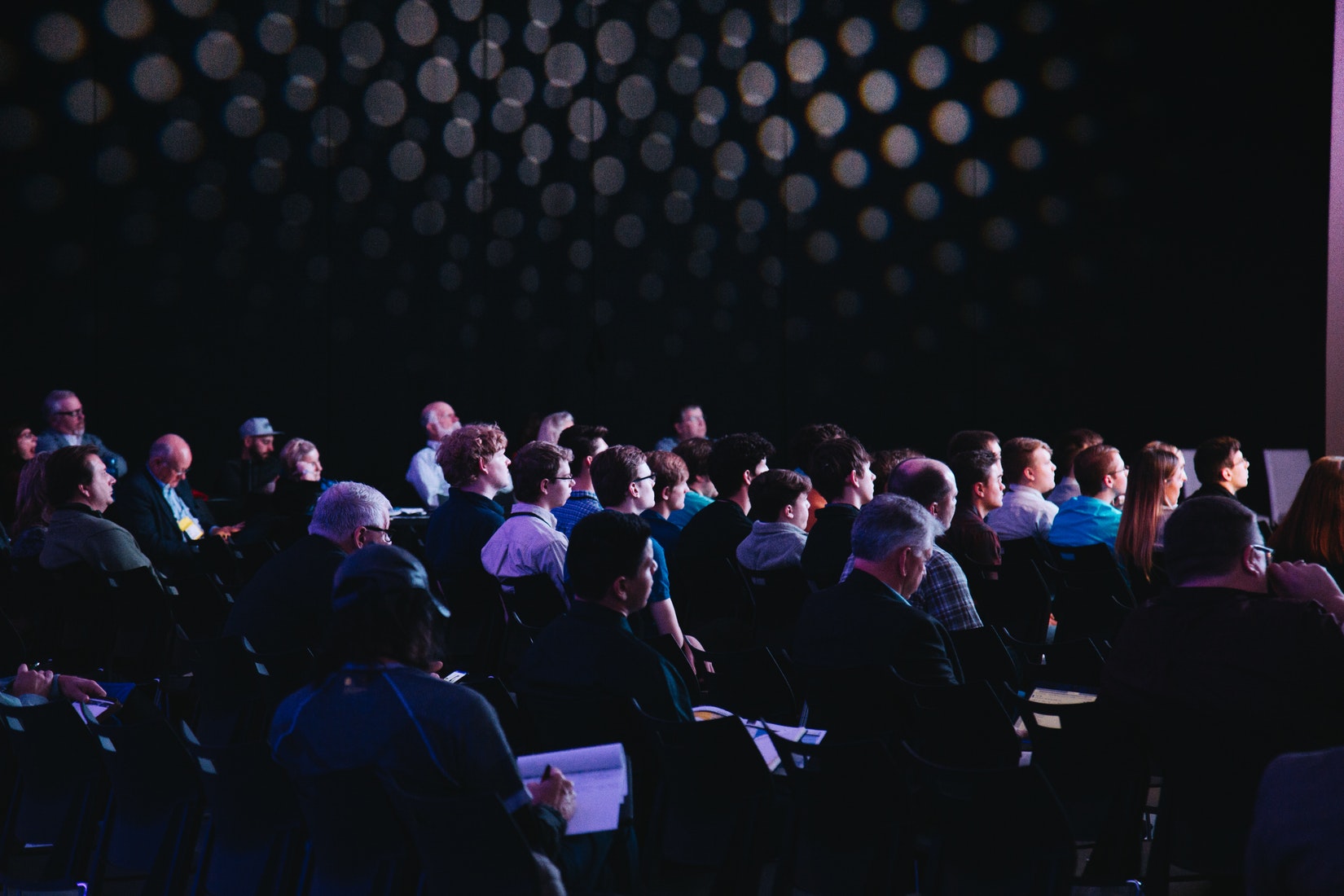Chemists from Nanyang Technological University (NTU) Singapore discovered a method on reducing plastic waste with the use of sunlight.
A possible solution to the plastic waste problem
SINGAPORE – Chemists at Nanyang Technological University (NTU) discovered a new process that would make plastic waste transform into another chemical with the use of artificial sunlight.
The process involves mixing a catalyst solvent into polyethylene and exposing it to sunlight. Once the solution harnessed enough light energy, it then dissolves the plastic into another chemical known as formic acid.
Formic acid is a chemical that can be used in fuel cells to produce electricity.
Sustainable and cost-effective
The NTU team led by Assitant Professor Soo Han Sen from the School of Physical and Mathematical Sciences makes use of a cost-effective biocompatible metal in the form of Vanadium.
Vanadium is commonly used in vehicle steel alloys and aircraft aluminum alloys.
The team mixes a vanadium-based catalyst into a solution together with the plastic and then exposed to artificial sunlight. The process takes around six days before the plastic components break down.
Formic acid is the result of processing the polyethylene components. It is an antibacterial agent and a natural preservative; it can generate energy in power plants and hydrogen fuel cells.
Greener environment
Most plastic waste in Singapore gets disposed of through incineration. The process contributes a lot to greenhouse gases that harm the ozone layer. While leftover ashes go into a landfill, which is functional only up to 2035.
We aim to come up with a sustainable and cost-effective option to use plastic waste in manufacturing fuel or more useful chemical products.
The discovery made by the NTU team is the first in completely breaking down non-biodegradable plastic with the use of light energy and a catalyst solution with no heavy metal content.
The Photocatalyst is encouraged for its low-cost overhead, abundancy, and green effect. And with the use of a non-heavy metal solution in Vanadium, the experiment exhibits the goal of an environmentally friendly and low-cost plastic waste management program.
Featured image by HerPlanetEarth







